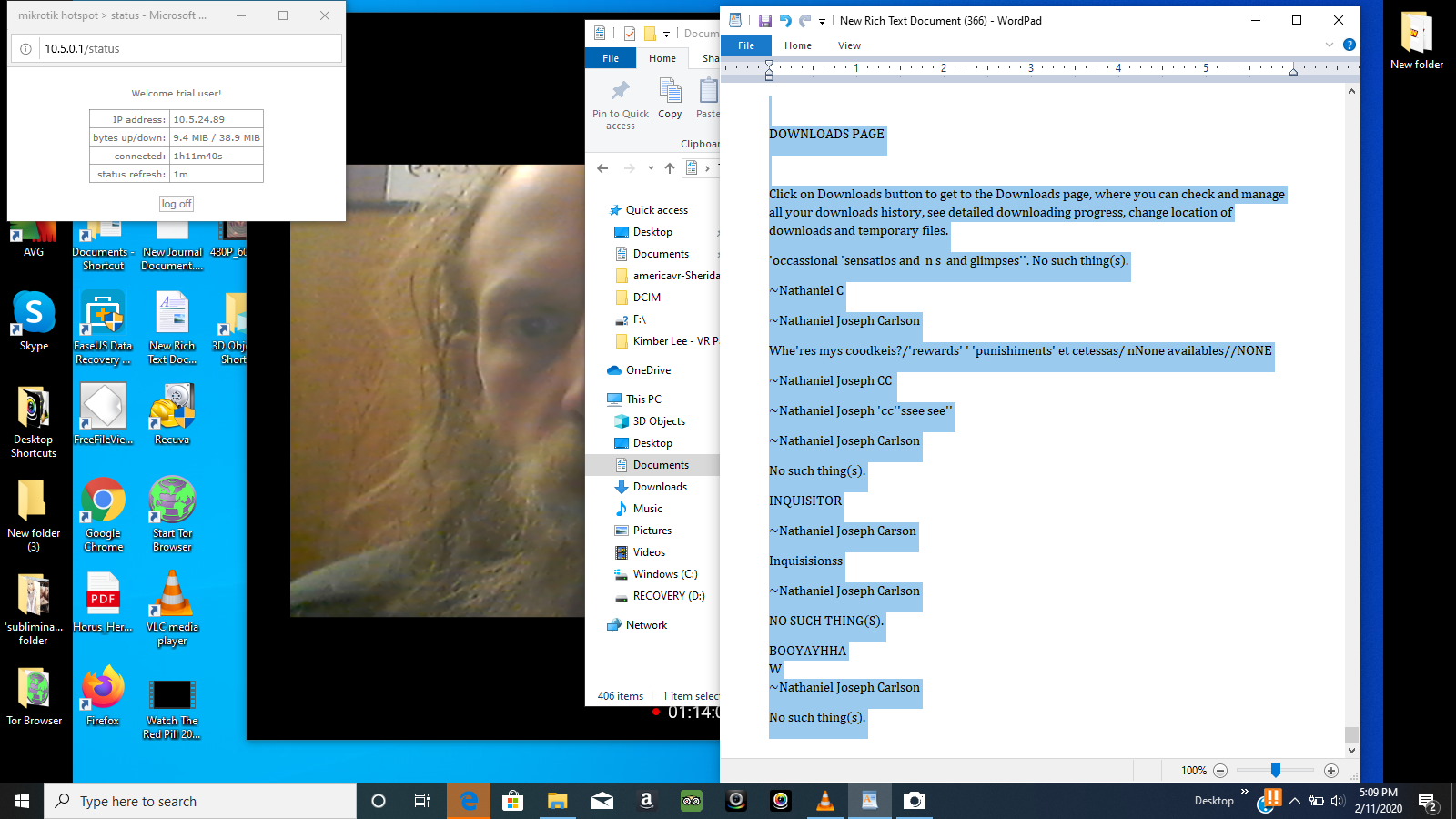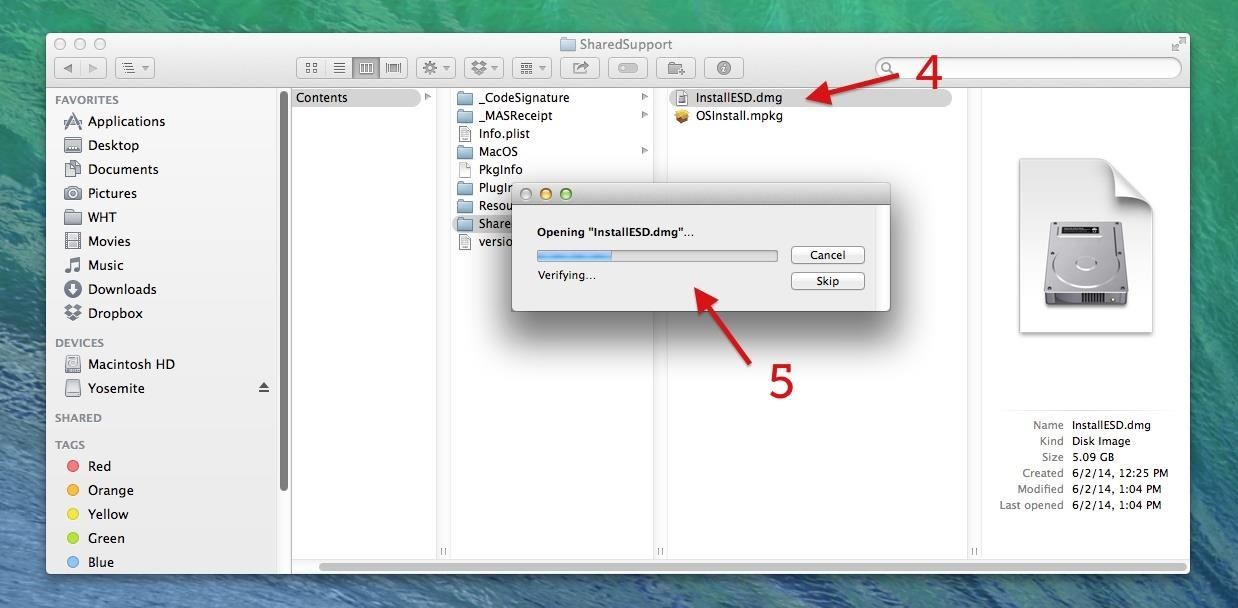Create Bootable Macos From Windows
How To Create Bootable USB For Mac OS Sierra on Windows; Create macOS High Sierra Bootable USB. Download the latest version of macOS High Sierra operating system from App store or Techsprobe.com. Download Unibeast for macOS High Sierra from tonymacx86. Before going to download you need to create an account on TonyMacx86 after. Now copy this InstallESD.DMG as you need it in TransMac to Create macOS High Sierra Bootable USB Installer on Windows 10. Ok, so lets continue with TransMac Restore Disk Image to Drive. On this screen, select the InstallESD.DMG file and click OK.
In this article, I will show you how to create macOS High Sierra Bootable USB Via Unibeast. However, if you want to install macOS High Sierra on any kind of computers such as Mac or PC. Therefore, you need a bootable USB to install the operating system, but there are lots of methods to create bootable USB for macOS High Sierra. However, I recommend you to use this method it can easily and comfortable for you. Moreover, if you don’t know how to install macOS High Sierra operating system on your Windows operating system, on VMware and VirtualBox therefore, you can see this article, which belongs to the installation of macOS High Sierra.

What is Unibeast?
UniBeast is a tool by MacMan and tonymacx86 to create a bootable USB drive from any Mac App Store purchased copy of OS X. This is an all-in-one bootable USB drive can also be used as a rescue boot drive for system recovery. However, without this tool, there is TransMac that you can use them on your Windows operating system. And more there are more tricks to create bootable USB for macOS High Sierra that you can use them.
Related:
Create macOS High Sierra Bootable USB
Step #1.Download the latest version of macOS High Sierra operating system from App store or Techsprobe.com.
Step #2.Download Unibeast for macOS High Sierra from tonymacx86. Before going to download you need to create an account on TonyMacx86 after that, the download link will appear on the list.
Step #3. Before to start the process of creating a bootable USB you need to insert the USB drive to your computer. Then navigate to search bar of macOS High Sierra, then type there DISK UTILITY, after that, click on erase button. Be aware that you are selected the Mac OS Extended (Journaled) from the format list. However, you need at least 8 GB USB Drive or more then it, it can be better.
Erase USB Drive
Step #4. After the erasing is completed, you will be notified that Erase process is complete, click Done to Continue.
Install Unibeast to create macOS High Sierra bootable USB
Step #5. After that, you erased the USB drive, Now open the Unibeast installer and click Continue.
Welcome to Unibeast Mac App Installer
Step #6. In the important information read all the information about Unibeast+Multibeast, and click Continue.
Step #7. In this step, to continue the installation software you must agree, to the terms of the software license agreement. Then click Continue then Agree.
Agree to terms and condition
Step #8. In this step, the erased USB drive will appear on the screen, you need to select this drive and click Continue.
Select a Destination
Step #9. In this step, select the installation type the DMG file of macOS High Sierra just click on Sierra and click Continue.
Step #10. In the step of bootloader configuration, select UEFI Boot mode and click Continue.
Bootloader configuration
Step #11. In this step, select inject NVIDIA from Graphics configuration and click Continue.
Graphics configuration
Step #12. In this step, don’t do anything simply click Continue.
Step #13. Before this step, you need to enter your username password to give the full permission. Then you need to wait for some seconds to copy the macOS High Sierra DMG file to the USB drive.
Copying files
Step #14. In this step, you will completely be done with creating macOS High Sierra Bootable USB so press Quit button to finish the installation of Unibeast.
Install Succeeded
Conclusion

That’s all about How to create macOS High Sierra Bootable USB Via UniBeast. Therefore, if you faced in any part of this process you can comment on the below comment box. However, subscribe to our website for getting the notification about our latest updates. And don’t forget to give us feedback for your more support.
- Before you begin
Create Bootable Macos In Windows 10
Before you begin
To install Windows 10 Education Edition from IUware, or if you have a Windows 8.x installation disk but do not have an optical (CD/DVD) drive on your computer, you can create a bootable flash drive for the installation.

What you'll need
To complete the process, you'll need:
- A Windows or macOS computer connected to the internet.On a Windows computer, you must have administrator privileges.
- A flash drive with at least 8 GB of spaceThe process described below will delete any data currently on your flash drive. Make sure to back up your flash drive's data to another storage location before proceeding.
- A valid product key that came with your Windows software. For Windows 10, this will be available on IUware. For Windows 8.x, this will be with the disc you purchased.
Insert your flash drive before beginning.
Create a bootable installation flash drive forWindows 10 Education Edition
- Go to Windows 10 Education on IUware, and select either the 32-bit or the 64-bit version. Review and accept the terms, and then click Get product key. Copy the product key to use later.
- Download and run the Academic Media Creation Tool. Accept the license terms, select Create installation (USB flash drive, DVD, or ISO file) for another PC, and click Next.
- On the 'Select language, architecture, and edition' prompt, leave the default selections.
- To have the Microsoft tool create your bootable flash drive, make sure your flash drive is plugged in, select USB flash drive, and click Next.
If you plan to use Rufus instead, select ISO file and click Next. This will save the
.isofile to your computer; then, to use Rufus and your.isofile to create a bootable installation flash drive, follow the directions below.
Create Bootable Macos From Windows Xp
Create a bootable installation flash drive forWindows 8.1
See Recommended Windows operating systems at IU.
Download Windows 8.1
- Go to Download Windows 8.1 Disc Image (ISO File).
- From the Select edition drop-down menu, select Windows 8.1, and click Confirm.
- Select the desired language and click Confirm.
- Select the 32-bit Download or the 64-bit Download (recommended, unless the machine you're installing on doesn't support it), and download the disk image.
You can now use the .iso file to create a Windows 8.1 bootable installation flash drive using either a Windows tool or Rufus.
Create a bootable drive using the Windows USB/DVD Download tool
To create a bootable installation flash drive using the Windows tool:
- Download and install the Windows USB/DVD Download tool. The final four letters of each file (before
.exe) represent the language and region of the installer. Download the one for your desired language/location. - Open the Windows USB/DVD Download tool. The tool refers to itself as an older version tool, but works for Windows 8.1 media creation.
- When prompted, browse to your
.isofile, select it, and click Next. - When asked to select the media type for your backup, make sure your flash drive is plugged in, and then choose USB device.
You may be prompted to insert the USB device even if the flash drive is already inserted. Ignore this, and choose the USB device you'll be writing to.
- Click Begin Copying. If prompted, confirm that you wish to erase the flash disk.
- The
.isofiles will start copying to the flash drive; the process can take several minutes. When it's finished, close the wizard and eject and remove the flash drive.
Create a bootable drive using Rufus
To use Rufus to create a bootable drive that is compatible with UEFI, follow the instructions below.
Use Rufus to write an .iso file
- Download Rufus. Rufus is a standalone program and does not require installation.
- Open the Rufus program from where you downloaded it to run it.
- From the Device drop-down menu, select your USB drive, if it isn't automatically selected.
- Under 'Boot selection', select Disk or ISO image (Please select), if it isn't already chosen, and then click SELECT to choose the
.isofile you downloaded. - Leave 'Image option' set to Standard Windows installation.
- Leave 'Partition scheme' set to GPT.
- For 'Target system', select UEFI (non CSM).
- Under 'Format Options', to ensure the flash drive is compatible with UEFI, select FAT32 for 'File System'.
- To create the flash drive with the 'Press any key to boot from USB' prompt at startup, under the 'Advanced format' options, select Create extended label and icon files.
- When you are finished selecting options, click Start. When prompted, confirm that you want to erase the flash disk.
- The
.isofiles will start copying to the flash drive; the process can take several minutes. When Rufus is done, close the program and eject and remove the flash drive.
Create a bootable installation flash drive on a macOS computer
- From the Finder, open the Applications folder, and then Utilities.
- Open the Boot Camp Assistant, and then click Continue. The next screen should give you a list of options.
- UITS recommends making the USB drive installer first. You don't need to install Windows or download the support software at this time, as it will be easier to do both later. To proceed:
- Verify that the USB drive you will be writing to is plugged in.
- Uncheck the Install Windows 7 or later version and Download the latest Windows support software from Apple options.
- Check Create a Windows 7 or later install disk and click Continue.
- Your USB drive should be listed in the 'Destination disk' area. Use choose to browse to your
.isofile; after selecting it, click Continue. - If prompted, confirm your action and/or provide an administrator password. The process of writing the
.isofile to the USB drive can take 20 minutes or longer.
Other resources
| Website | Article |
|---|---|
| Windows 10 Forums | How to create a bootable USB flash drive to install Windows 10 |
| Windows Eight Forums | How to create a bootable UEFI USB flash drive for installing Windows 8.x |
| How-To Geek | How to create bootable USB drives and SD cards for every operating system |
| Techverse | How to create a bootable Windows 7 USB flash drive |
